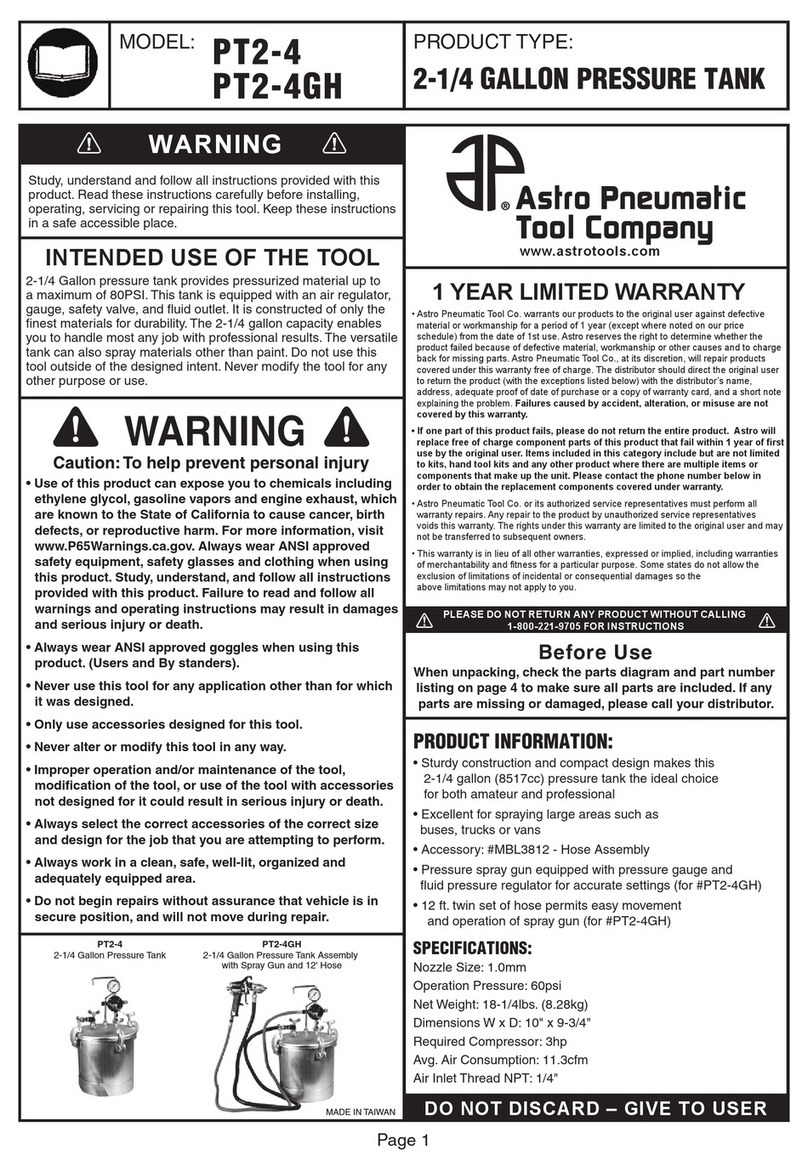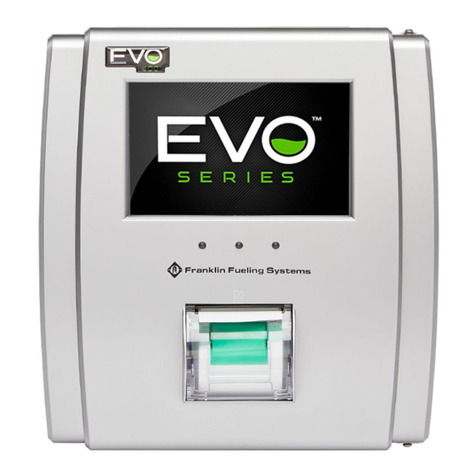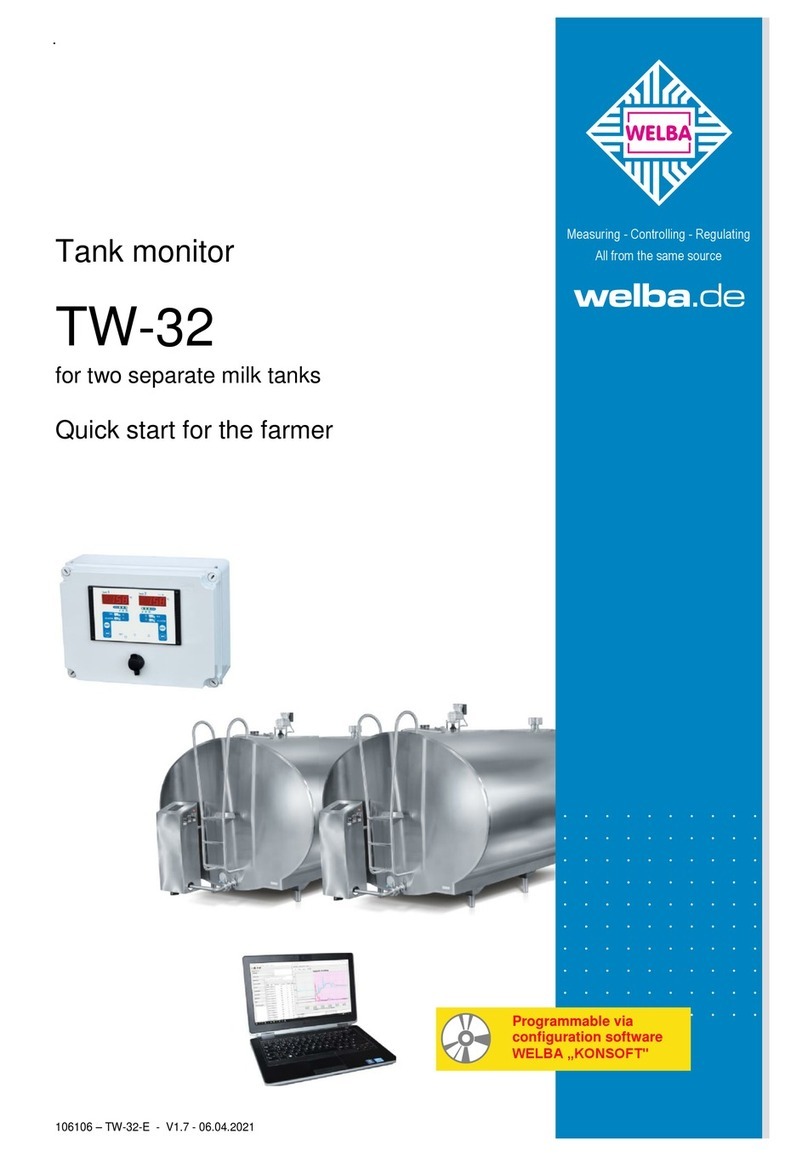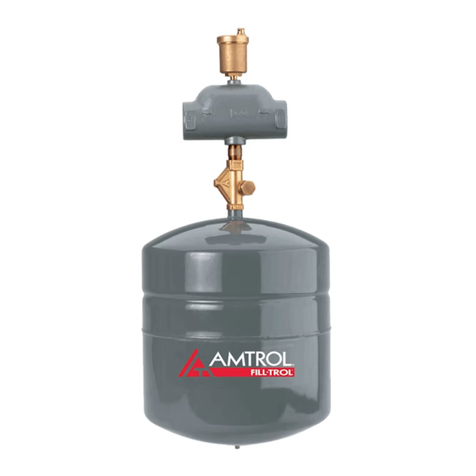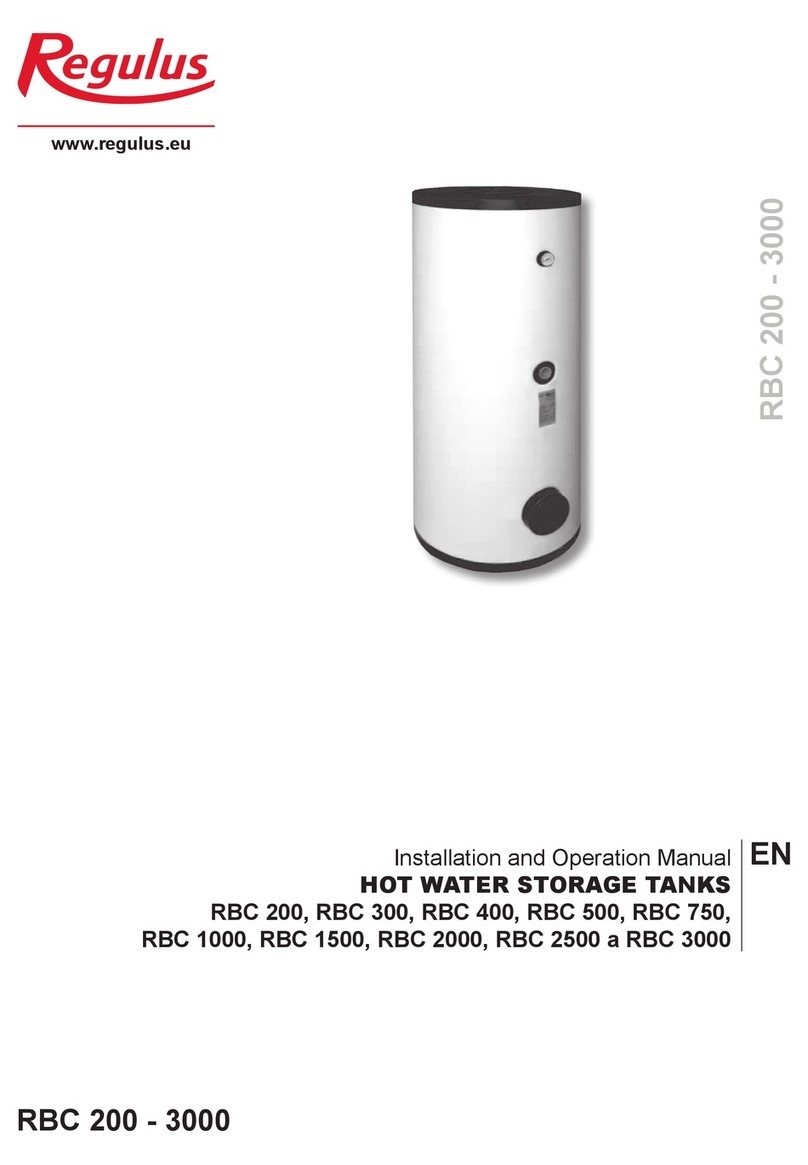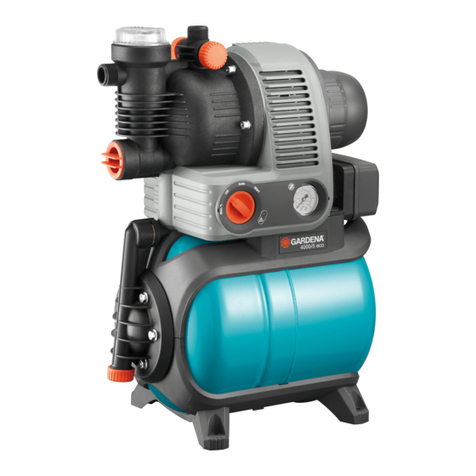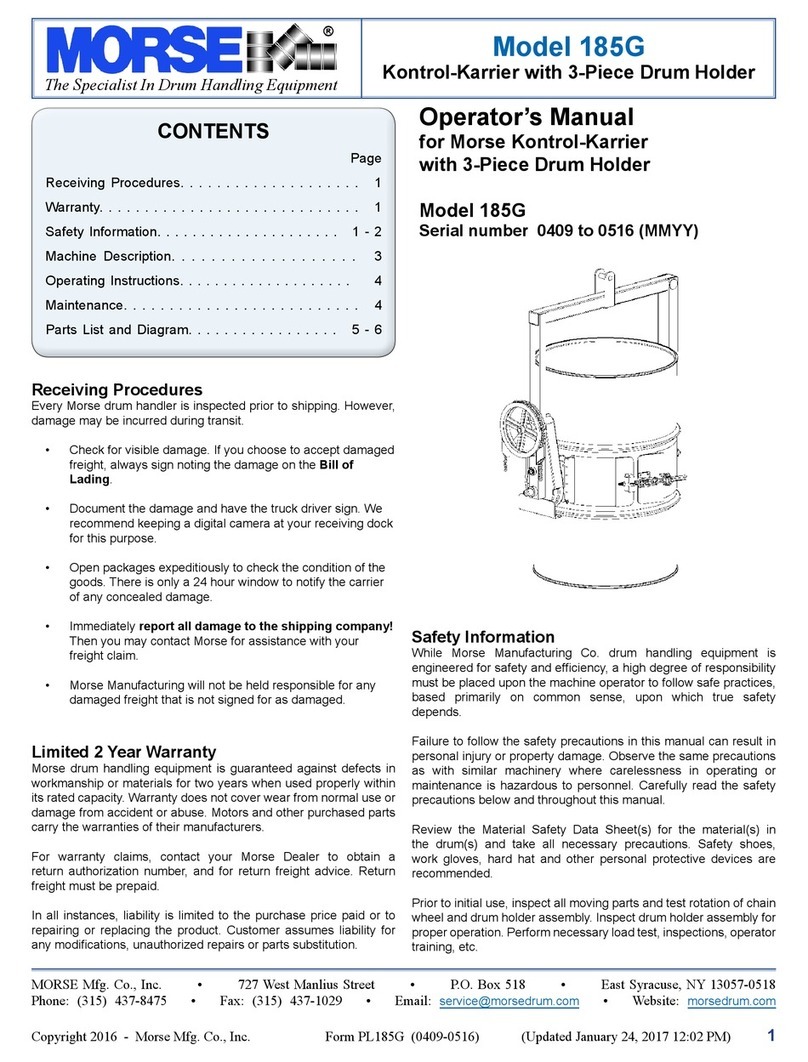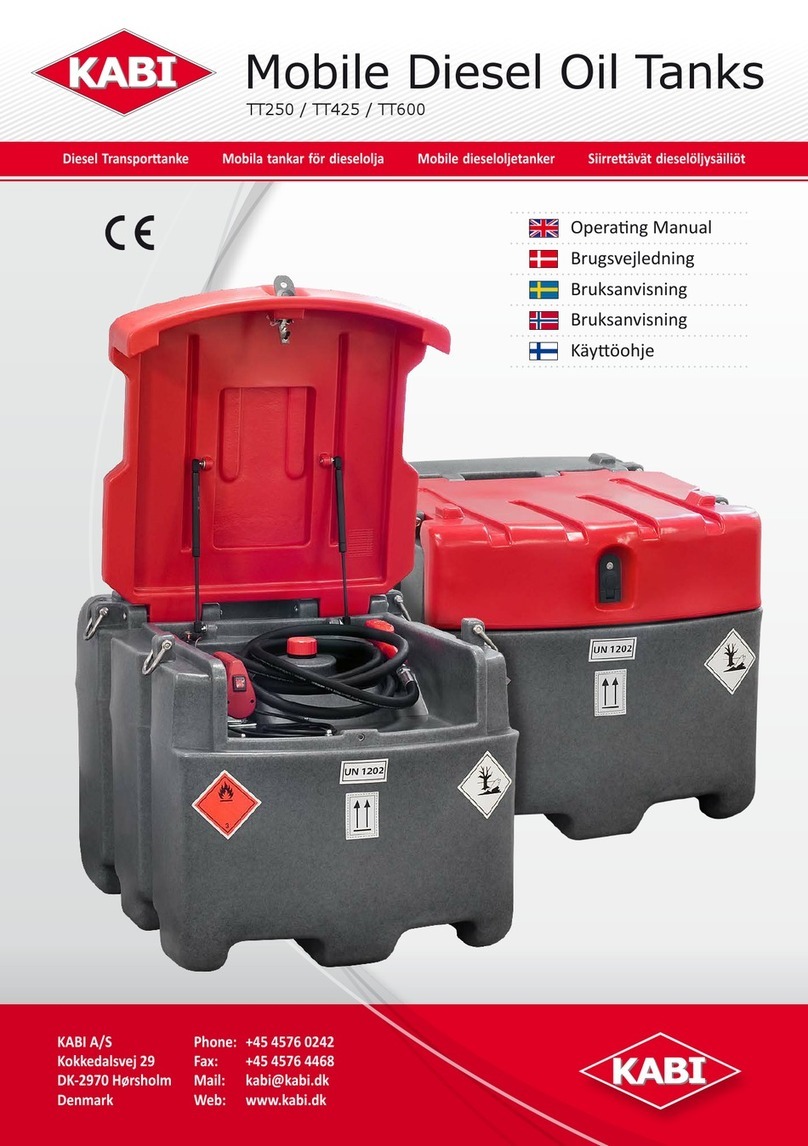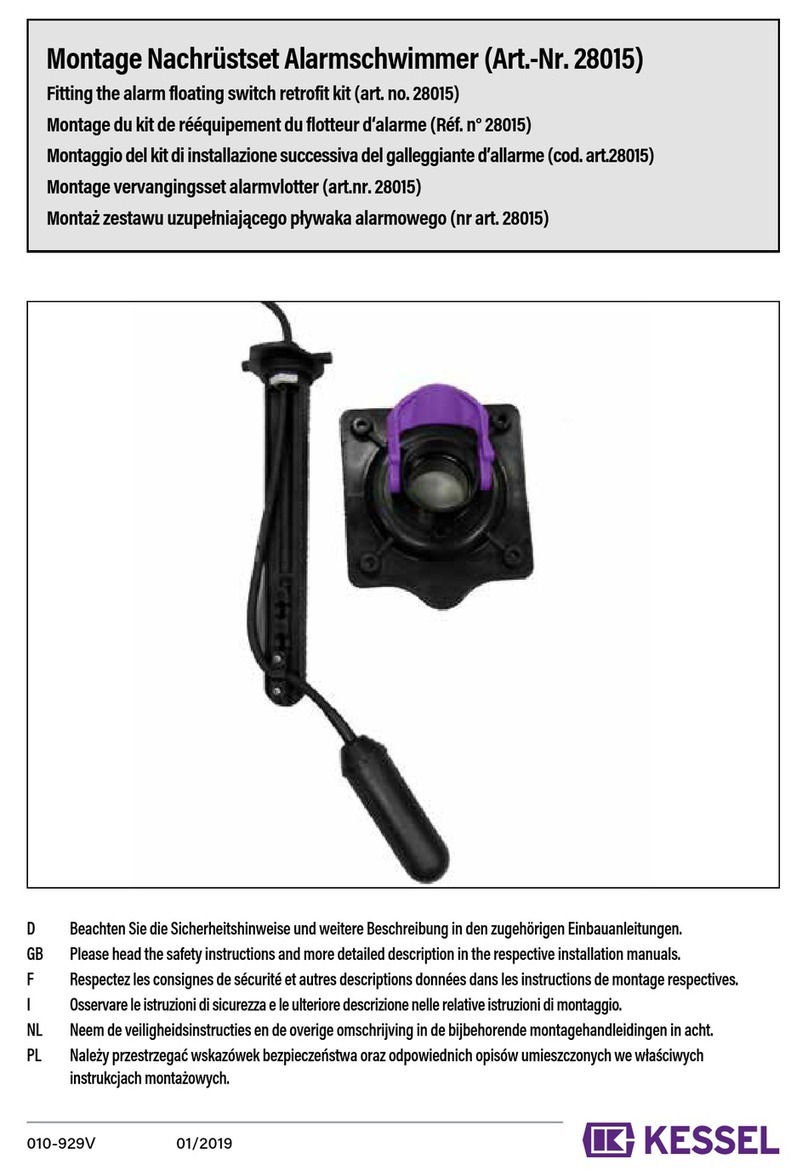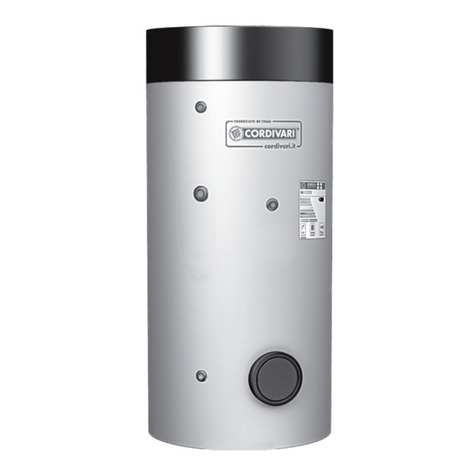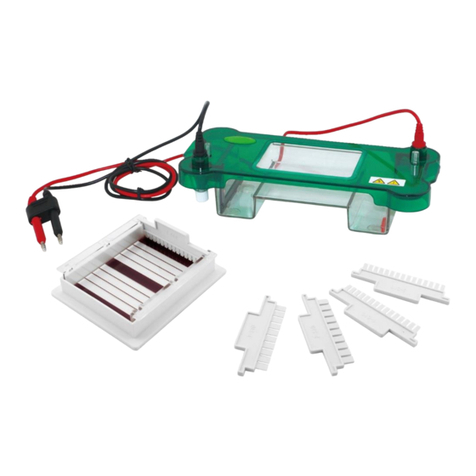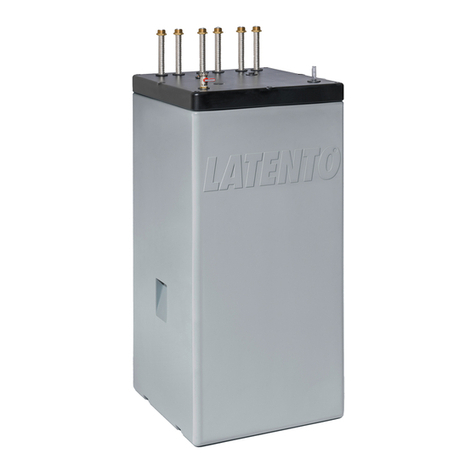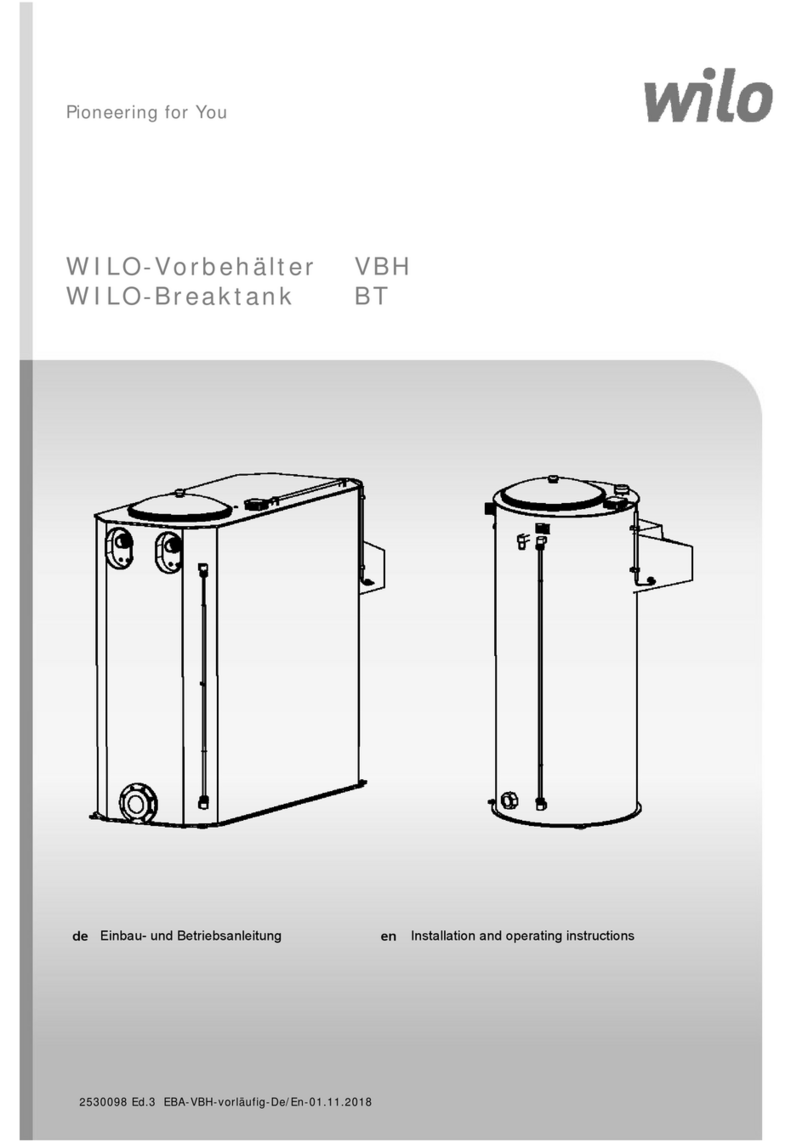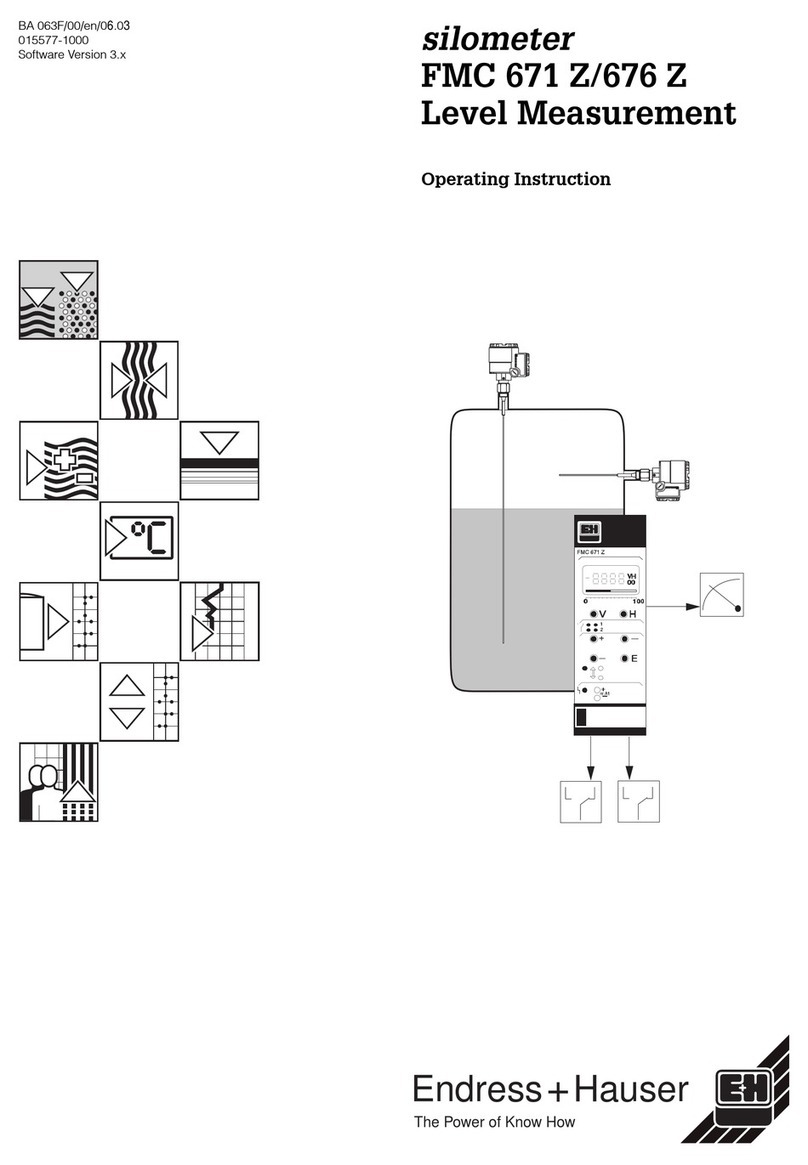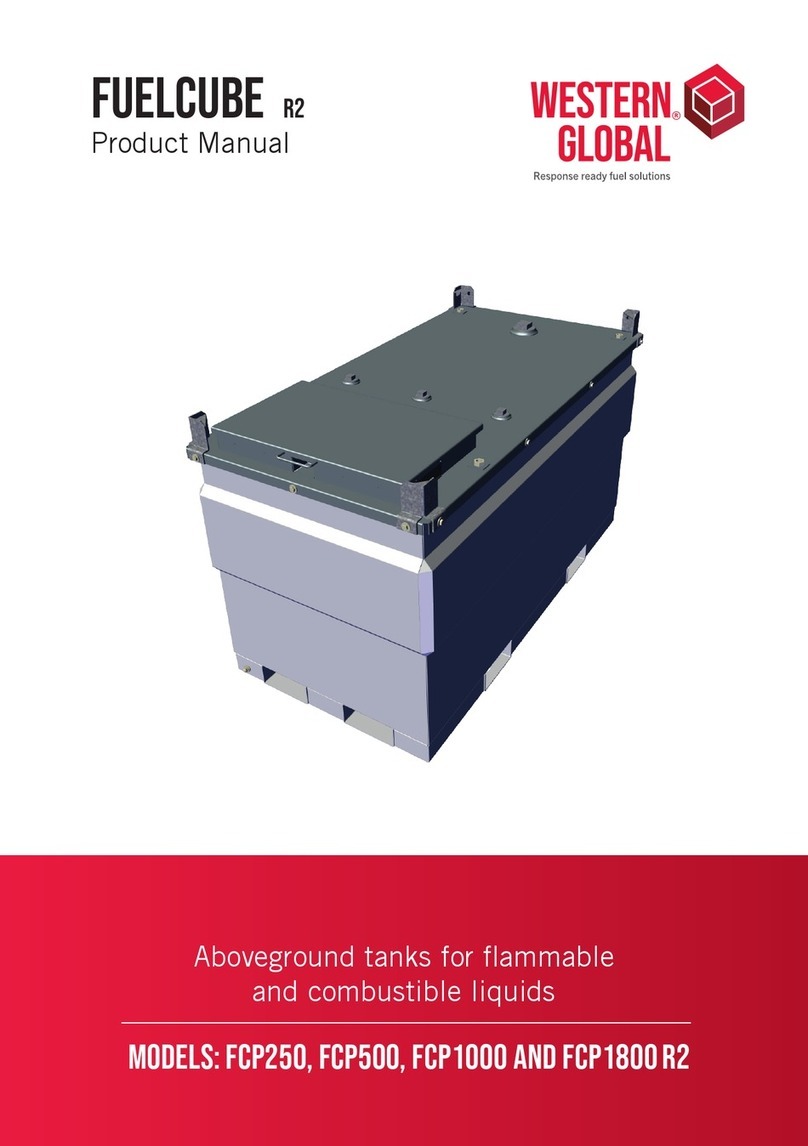
Instruction Manual
Always adhere to all the instructions described below.
This is a prerequisite for installing and putting into use
this extremely modern and environmentally friendly
electrochemical piece of equipment in the most effective
and safest way possible. We strongly suggest that you ask
an authorized dealer to install this equipment, check
it annually and replace the cellheart.
Always provide airow!
Only maintenance: Clean and descale the electrolytic
cellheart with (cleaning) vinegar or citric acid once
per 2 to 4 weeks. See www.tank-o3.com “Cleaning-tips”
The system is suitable for use in both plastic and
stainless steel tanks but NOT in metal and aluminium
tanks!
Never use in combination with additives.
Why choose Tank-O3?
And what is it exactly?
Those who regularly travel by camper, boat, caravan, tiny
house etc. will - without doubt - sometimes wonder about
the quality of drinking water in the clean water tank!
Consumption of drink water is not a problem, however.
The water is clean and potable.
But what about the development of biolm, legionella,
algae, bacteria, viruses and germs in your tank when
no water is used for a long time? Particularly when you
prefer travelling to warm regions, the development of
microorganisms is not just imaginary.
Of course you have the option to counteract this
development by using all kinds of chemical agents.
However, that is not desirable from an environmental
point of view and it also leaves an unwanted taste and
odour. Besides, it is a cumbersome and time consuming
job and, therefore, it is often “forgotten”. Even if the
water has been left in the tank for several weeks or even
months!
Tank-O3 is the system that solves this difcult problem.
From now on, you are assured of always having a biolm-free,
clean water tank with clean and safe water on board your
camper, boat, caravan, tiny house etc.
Results of Tank-O3
Safe water, legionella prevention
and always a clean water tank!
Tank-O3is an environmentally friendly system that
renders all biolm, bacteria, germs, viruses, fungi,
algae, spores, legionella etc. in the water itself
harmless and, this is truly unique: throughout the
tank, from top to bottom and from left to right.
Your tank is absolutely biolm-free!
Tank-O3produces small amounts of ozone gas to
disinfect the water tank through electrolysis.
Ozone gas is produced by converting oxygen, (O2)
that is naturally present in water, to ozone (O3).
In that way, the treated water also becomes “fuel’.
Adding chemicals or harmful additives is not necessary.
The amount of ozone gas Tank-O3produces, is so
minimal that it is not harmful to health and does not
endanger the environment.
An important condition, however, is that the tank is
bled properly. Often, some bleed air is already
present because of air ow in the tank, necessary
for topping up water. If this is not the case, a
separate bleed air system, e.g. an air release valve,
must be installed!
Tank-O3works on a safe, minimum low voltage, in
contrast to ozone generators or UV equipment which
all work on high voltage! With a tank capacity of
100/150 liters, the cell current is set to only 50 mA.
If the tank capacity is smaller, the cell current will be
proportionally lower (about 30 mA).
With a tank capacity of more than 150 liters, we
recommend that you install 2 or more systems in the
tank, in order to ensure that ozone gas is spread
throughout the tank.
Because ozone gas only has a maximum lifespan of
25 minutes, depending on water temperature and
contamination of both tank and water, the distribution
of ozone in the tank water is of vital importance.
As a result, the effect of ozone gas is optimized, leading
to proper water treatment. A major additional advantage
of the gaseous form of ozone is that the tank is kept
completely clean, not only in the water part but also in
the empty part (above water level, so also the top), and
nothing else can clean both tank and water in such way,
making it truly unique!
The carefree system for clean and safe
water in a tank that is always spotlessly
clean!
Installation manual
Parts of the Tank-O3system:
Part A : 1 pc. Brass lid entry
Part B : 2 pcs. John Guest insert 12 mm - 3/8 thread
Part C : 1 pc. Hose, 30 cm long, Ø 12 mm (on request also in
other lengths)
Part D : 1 pc. Digital ow controller hxlxw: 30x90x36 mm
Part E : 1 pc. Electrolysis cell complete with cell nucleus
Part F : 1 pc. Connection cable with fuse to 12V or 24V point
(black / white is + (pos) / black is - (min)
Part G : 1 pc. Connection cable with round plug to electrolysis cell
(black / white is + (pos) / black is - ( min)
Part H : 2 pcs. EPDM O-ring Ø 12 mm
Part I : 2 pcs. Green connection plugs
Part J : 7 cm Velcro self-adhesive
Part K : 1 pc. Awl
Drill a hole of Ø 16 mm in the tank
lid with a spiral or woodspeed drill,
preferably in the lid to make cleaning
the cellheart as easy as possible. You
can also choose to place an extra tank
feed-through Ø 60 mm in which the
above then can be carried out.
Make the hose (C) to length,
this means shorten the hose to the
maximum height inside the tank, i.e.
from the bottom of the tank to the
bottom of the lid, minus 6 cm.
Screw the brass cover lead-through
(A) with the longest thread into the
cover. The already placed piece of plastic
hose in the top of the brass cover lead-
through prevents the connecting cable
from rubbing through.
Bring 1 pc. O-ring (H) on the
inside of the lid around the brass lid
feedthrough (A) and tighten the John
Guest insert bush (B) onto the brass lid
feedthrough (A).
Now rst install the green
connecting plug (I) on the connecting
cable (G). Now run the connecting cable
(G) with the round plug rst through
the brass cover hole (A), through the
John Guest insert (B) and through the
custom-made hose (C).
See “Connecting the power wires to the
green plug”
Then press the hose (C) rmly into
the John Guest insert (B) on the bottom
of the lid.
CWR Systems B.V.
Albardastraat 61
5344 HB Oss (NL)
Now pass the plug and connecting wire (G) through the
lower John Guest insert (B) and put the black O-ring (H)
around the ozone cell (E) on the side where the plug is to be
inserted. Now insert the plug into the ozone cell (E).
Finally, screw the ozone cell (E) tightly into the bottom John
Guest insert (B) and press it extra rmly onto the hose (C).
Now mount the green connection plug (I) on connection
cable (F) and on the other side mount the enclosed fuse on
the black / white + (pos) wire. Connect the power wire from
the 12 / 24V continuous power point to the Tank-O3 digital
ow controller (D). Now the green LED lights up, the system
works! The red LED may also light up at rst moment of
connection, this may take a few minutes. When only the
green LED is lit, the Tank-O3 system is fully and correctly in
operation.
Other information:
Recommended mA: minimum 50mA for tanks up to approx.
150 liters, may be lower (min. 30 mA) for smaller tanks!
With the supplied piece of self-adhesive Velcro (J) you can
attach the ow controller.
The awl (K) is useful when connecting the connecting wires
to the green connecting plugs and when replacing the cell
core.
- For information and questions: www.tank-o3.com
Assembling the Tank-O3system:
see www.tank-o3.com”Instruction-manual” for Instruction
video
Tank-O3 is part of
